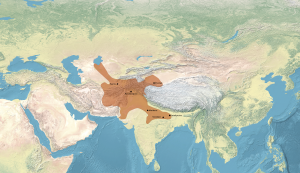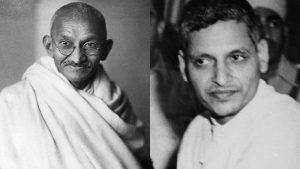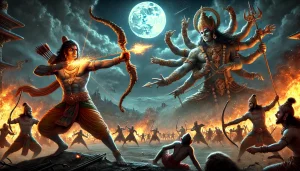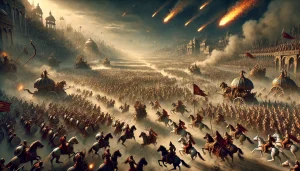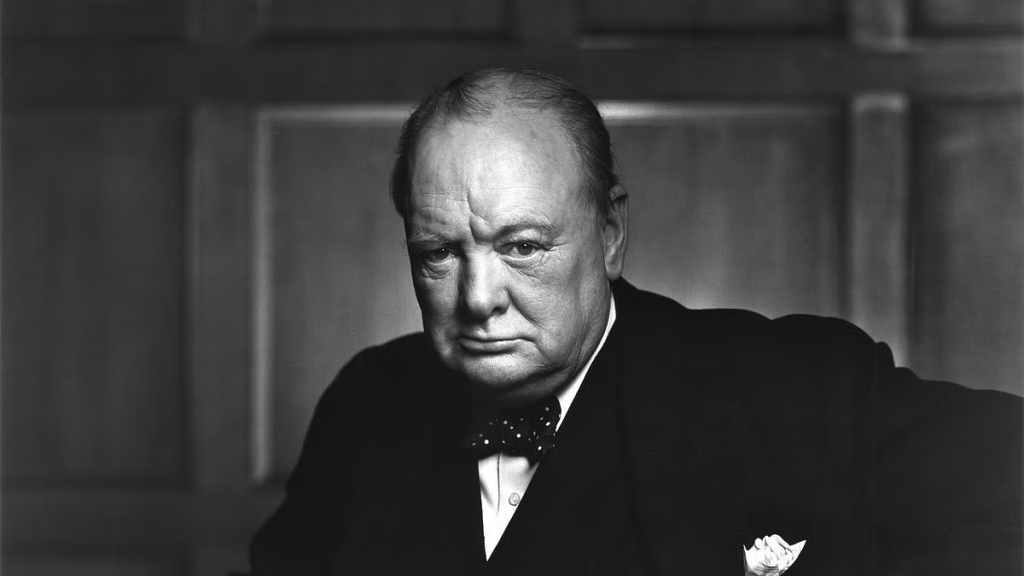
From 1st January 1943 to 30th September 1944, a total 31,53,033 people died (Some reports claim the number to be 50 lakh). A famine that literally halved the living population of undivided Bengal.
The Bengal Famine of 1943-44 must rank as the greatest disaster in the subcontinent in the 20th century. Nearly 4 million Indians died because of an artificial famine created by the British government, and yet it gets little more than a passing mention in Indian history books.
What is remarkable about the scale of the disaster is its time span. World War II was at its peak and the Germans were rampaging across Europe, targeting Jews, Slavs and the Roma for extermination. It took Adolf Hitler and his Nazi cohorts 12 years to round up and murder 6 million Jews, but their Teutonic cousins, the British, managed to kill almost 4 million Indians in just over a year, with Prime Minister Winston Churchill cheering from the sidelines.
Australian biochemist Dr Gideon Polya has called the Bengal Famine a “manmade holocaust” because Churchill’s policies were directly responsible for the disaster. Bengal had a bountiful harvest in 1942, but the British started diverting vast quantities of food grain from India to Britain, contributing to a massive food shortage in the areas comprising present-day West Bengal, Odisha, Bihar and Bangladesh.
What were the reasons?
- Like any famine, rainfall scarcity was sure a primary cause. There was severe drought resulting in three successive crop failures that year, which eventually lead to decline in crop storage.
- As in 2nd World War Japan invaded in Myanmar (Burma), rice import from there stopped totally.
- So there was no native production in Bengal, and also no foreign imports. But, what about domestic imports? Due to fear of Japanese attack and problems of quit India movement (1942), the Govt. cordoned all the inter-state transports, Punjab Government was ready to supply crops to Bengal, but they did not get permit due to cordoning regulation.
- The world war II made the British to increase military force heavily across Burma border, so naturally for them rations were needed on urgent basis. That added to the already existing pressure on supply system.
- To bear the cost of war, Govt started printing currencies on a urgent basis. Unplanned printing of currency notes lead to reduction of value of money and inflation.
- Add to this the local businessmen, who never cares for anything else than profit. At the very sign of scarcity they started storing crops for sale in black market. So the condition worsened.
- All the excess crops yielded that year in areas nearby Bay of Bengal were taken away by British troops as a strategy against Japanese, so that if invasions take place the loss of Govt is minimal. But where did the crops go? Nobody knows.
- Netaji Subhas Chandra Bose, from Rengun (Yangon ) in Burma, sent a message that time that despite being in state of war, they would send crops for Indian famine, if British Govt agrees. The reply from the British never came, and the news was censored.
- As the famine really started, the Government adopted for rationing system, per capita rations were fixed. Though the system had its flaws, still the condition somewhat improved. It was about middle of 1942.
- Then came the last blow from nature- the massive cyclone that ruined Bengal on 16th October 1942, at a speed of 120 kmph covering an area of over 3000 square miles. It came with a tidal wave 20 m high, flooding all the lands nearby ocean. 11000 people died, Aman rice was totally destroyed.
- The cyclone was followed by a epidemic among wide range of crops.
- As a result of all these combined, total crops turnout in 1942 was almost nil. And whatever was yielded, was out of reach of common people. The businessmen took the opportunity and made the scarcity even worse. There was about 1600% price hike in 1943 in comparison to 1942.
- In such a serious condition, lord Linlithgow asked Winston Churchill for sending help. He noted that even if a few ships are sent with food grain, the news would spread that England is sending grains, and the price will automatically fell down.
But what did Churchill do? “I hate Indians,” he told the Secretary of State for India, Leopold Amery. “They are a beastly people with a beastly religion.” “The famine was their own fault, because they are breeding like rabbits.”, he declared at a war-cabinet meeting. - It did not only stop there. Churchill sent all the ships in Indian ocean for ‘war’. Though Canada and Australia were willing to help India with supplying food, it could not be done because all vessels were busy for a noble goal-world war.
